AO Edited
The Singapore Stone
An undeciphered text is inscribed on a mysterious stone slab.
Quite possibly, one of the most charming—yet frustrating—aspects of history is its unsolved mysteries. The same can be said of linguistics, and only occasionally do they cross over to solve a problem, as in the case of the Rosetta Stone and Egyptian hieroglyphics. Enter the curious so-called Singapore Stone.
Believed to date back to the 13th century or as early as the 10th, the stone was once part of a large slab of inscribed sandstone standing at the mouth of the Singapore River. Then, in 1843, the British blew it up to widen a passageway and build military quarters.
Lieutenant-Colonel James Low, who had previously objected to the explosion, salvaged three fragments of the boulder and sent them to Kolkata for analysis. In 1918, one of the fragments was returned to the Raffles Museum, now known as the National Museum of Singapore. The status of the other two is uncertain, whether lost or still in India.
The stone’s inscription has yet to be deciphered. Over the years it has been speculated to be Hindu, Tamil, and Pali, while more recent theories suggest that it is written in Kawi script and contains some Sanskrit words, hinting at the island’s past as part of the Majapahit Empire.
Today, the Singapore Stone is designated as one of the eleven national treasures of Singapore. Folklore often associates it with Badang, the legendary Malay strongman whose incredible feats include hurling a massive stone from the nearby Fort Canning to the mouth of the Singapore River.
Know Before You Go
The Singapore Stone can be easily found in the History Gallery, right after the entrance. If you’re interested in its history, you can also walk around the site where the stone once stood, where the Fullerton Hotel is located today.

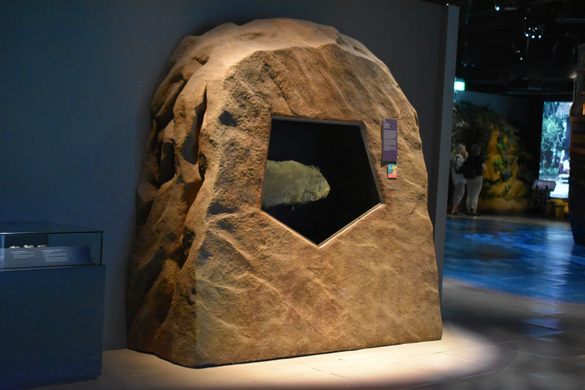
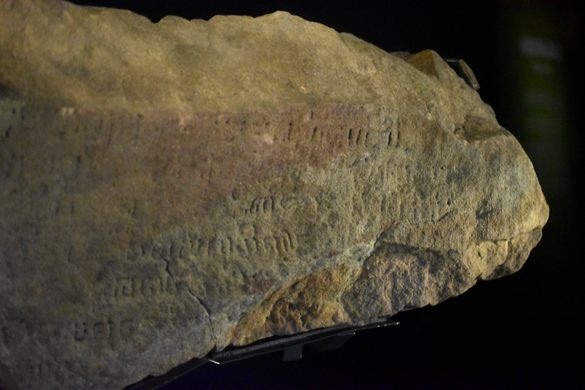
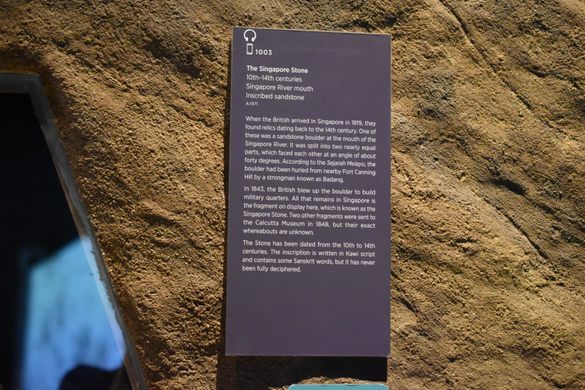
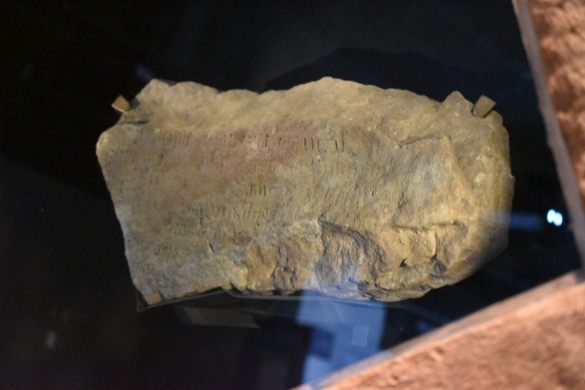






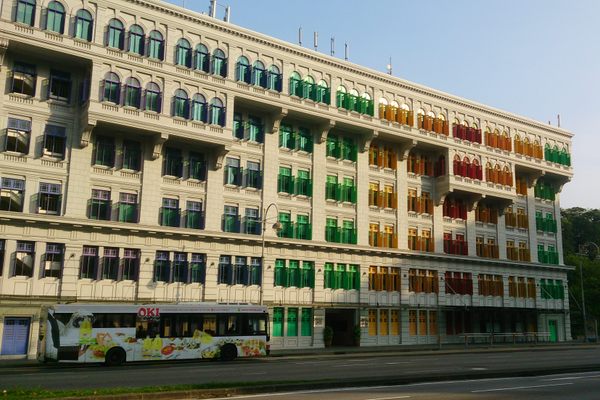
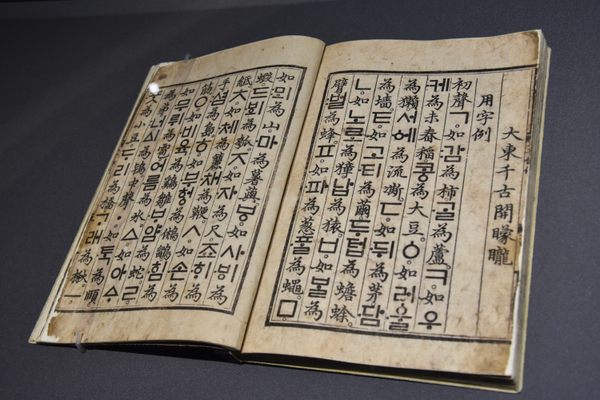


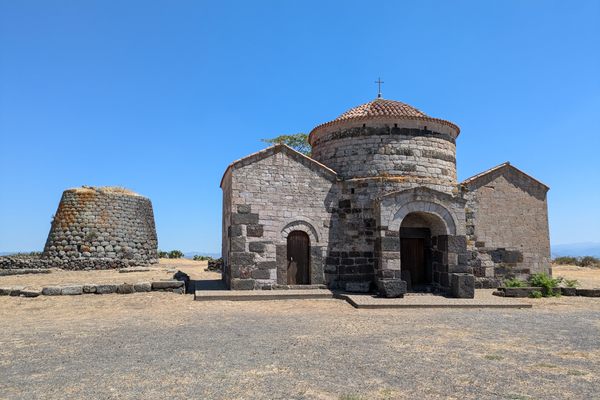

Follow us on Twitter to get the latest on the world's hidden wonders.
Like us on Facebook to get the latest on the world's hidden wonders.
Follow us on Twitter Like us on Facebook